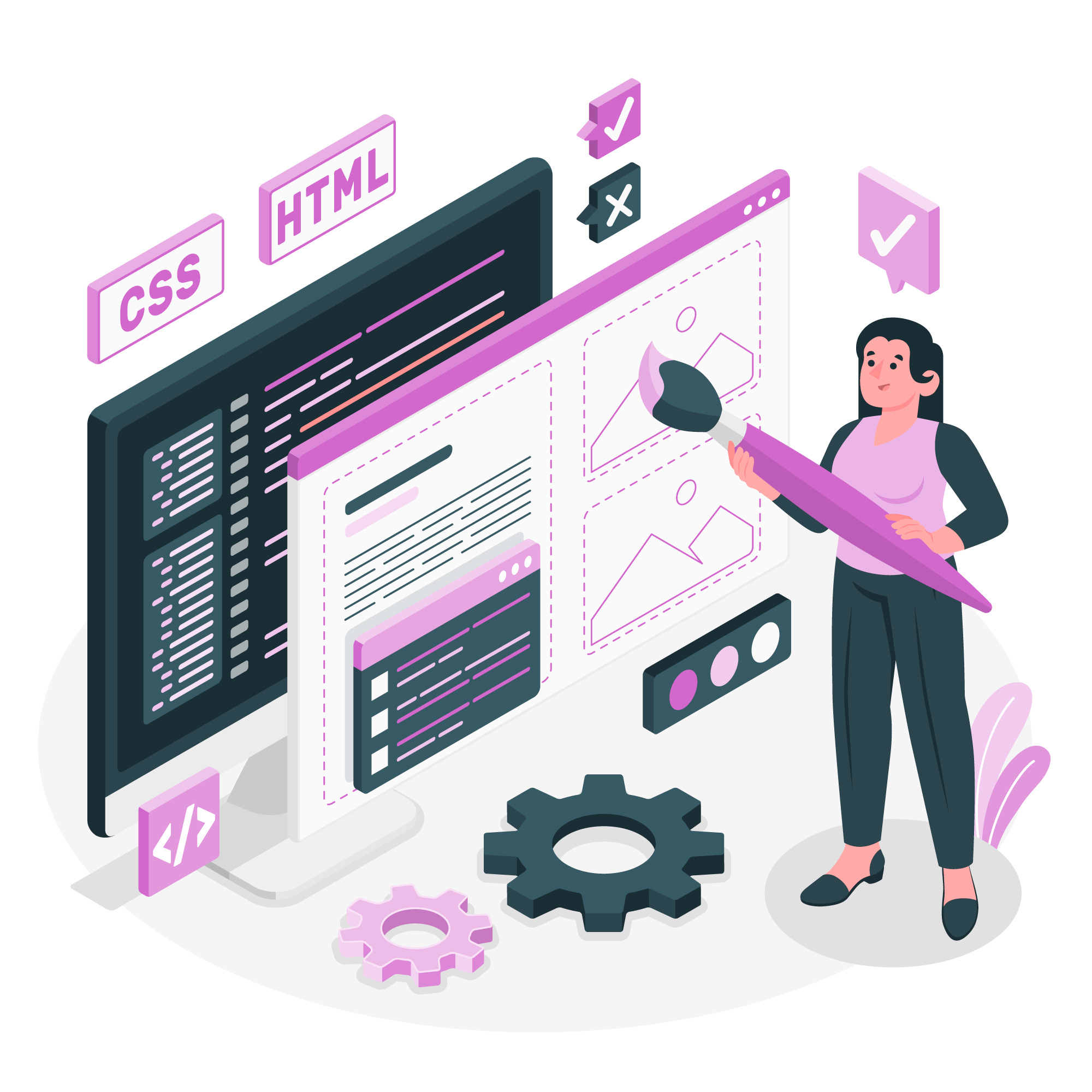In 2024, the best healthcare websites are no longer only about visual appeal or basic functionality—they are expected to exceed high accessibility criteria, integrate new technologies, and create seamless user experiences.

Top Features of the Best Healthcare Website Designs for 2024
1. First User-Centered Design
The greatest medical websites are made with the "patient-first" philosophy in mind. By making sure that the website is user-friendly, intuitive, and sensitive to the demands of the user, user-centric design places a priority on the patient experience. Every component needs to have a function, from a straight forward site design to distinct navigation bars and evident calls to action.- Minimalist Navigation: The website should have an easy-to-use layout that makes it simple for users to find the information they need, such as services, appointment scheduling, and contact details.
- Personalization: You can improve the patient experience by providing content that is tailored to the user based on their profile or past interactions.
- Interactive Elements: Users can take instant action (e.g., book appointments, ask questions, obtain test results) via features like chatbots, online forms, and patient portals.
2. Mobile Optimization and Responsive Design
Given that mobile devices currently account for over 60% of healthcare-related searches, mobile optimization is a need rather than a choice. The top 2024 healthcare websites will have responsive designs, which change automatically to match any screen size—desktop, tablet, or smartphone. Websites that are mobile-optimized load more quickly, are easier to use, and have lower bounce rates. A bad mobile experience might deter prospective clients and damage the standing of a medical professional.- Quick Loading: When a patient uses a mobile device to visit a website, they anticipate it loading in a matter of seconds. Optimizing speed is essential.
- Touch-Friendly Interface: Touch-friendly features that work for users of all ages should make buttons, menus, and forms simple to operate on small screens.
- Click-to-Call: To make communication easier, mobile users should be able to contact healthcare professionals straight from their phones with just a single click.
3. Telemedicine Integration
Telemedicine, which enables patients to book online consultations, access remote monitoring tools, and get prescriptions, is predicted to become a standard feature on healthcare websites by 2024. By extending services outside the physical clinic, telemedicine integration on a healthcare website makes healthcare more accessible, particularly in underserved or rural areas. Important characteristics:- Online Appointment Scheduling: With the ability to select between phone or video consultations, patients should be able to make telemedicine appointments right from the website.
- Virtual Waiting Rooms: Websites may have features that allow users to check in and wait for their appointment from a distance.
- Integration of wearable health devices and other remote patient monitoring techniques enables real-time health tracking and data collecting.
4. Enhanced Accessibility Features
The best healthcare website designs in 2024 will provide an inclusive experience for all users, irrespective of their cognitive or physical limitations, going above and beyond legal compliance.- Everyone can use the website more easily with accessibility features, including those with hearing or vision impairments, people with limited dexterity, and elderly patients who might have trouble using technology.
- Keyboard Navigation: In order to provide efficient user interaction for users who are unable to use a mouse, websites should support full keyboard navigation.
- Color Contrast and Text Size: High contrast ratios and flexible text sizes make content simpler to read for persons with visual impairments.
5. Secure Patient Portals
Modern healthcare websites must have patient portals, which let users access their test results, medical histories, and appointment histories. Secure patient portals, which prioritize data security while providing ease, will continue to be a crucial component in 2024. Two-Factor Authentication: Patient portals should have two-factor authentication for added protection. This requires users to confirm their identification with a second way (such as an email code or text message) before they can access critical data. Encryption: To avoid unwanted access, all communications between the patient and the healthcare professional must be encrypted. Self-Service Tools: Through the portal, patients should be able to check lab results, manage their appointments, and update their contact information in a secure setting.
What are the best practices for optimizing top healthcare website design for mobile devices?
1. Take a Mobile-First Perspective
Using a mobile-first design approach is one of the best methods to make sure a healthcare website works properly on mobile devices. This entails designing the mobile version of the website before the desktop version. A mobile-first strategy prioritizes important features and user-friendly navigation from the outset, starting with the smaller screen rather to building a fully functional desktop site and then shrinking it down for mobile.2. RWD or responsive web design
Healthcare websites need to use responsive web design, or RWD. RWD makes ensuring that the text, graphics, and other components of the website flow naturally to accommodate any size screen, including desktop, tablet, and smartphone screens. This method does away with the requirement to develop unique webpages for each type of device, reducing development costs and time.3. Quick Loading Times and Optimized Performance
For healthcare websites, speed is very important, especially on mobile devices where users are used to instant information. High bounce rates, or the percentage of people that leave a website before it fully loads, can be caused by slow-loading websites. This will hurt the user experience and result in the loss of potential patients for healthcare providers.4. Mobile-Friendly Navigation
Simplicity and usability must be prioritized in the design of mobile navigation. Because mobile devices have smaller screens than desktops, traditional navigation menus are not viable. Users may become irritated and leave a website due to overly complicated navigation. Rather, the navigation on healthcare websites ought to be simple and easy to use.5. Touch-Friendly Design
Since touch is the primary method of operation for mobile devices, healthcare websites must be touch-interactive friendly. Interactive components, links, and buttons must all have appropriate size so that users may tap them comfortably and avoid unintentional clicks.6. Privacy and Security on Mobile Devices
Sensitive personal information, including medical records, insurance information, and personal contact information, is frequently handled by healthcare websites. To preserve patient trust and adhere to privacy requirements, sensitive data must be secured with strong security measures when accessed through mobile devices.How do we find healthcare website design templates ?
Marketplaces for Templates
One common area to find templates for healthcare website designs is template markets. These platforms provide a large selection of templates that are tailored to many businesses, including the medical field. Regarding functionality, customisation, and design, they offer a range of alternatives. Popular Marketplaces: Theme Forest: A division of Envato Market, ThemeForest provides a wide range of functionality and designs for healthcare websites. User evaluations, comprehensive descriptions, and demo options are frequently included with templates. Template Monster: This marketplace offers both WordPress and HTML-based websites along with a large assortment of healthcare website templates. Additionally, it provides excellent customization and assistance. Wix: Wix is well-known for its easy-to-use website builder and provides a selection of healthcare templates with a drag-and-drop editor for easy customization. Platforms for Content Management Systems (CMS) Many CMS platforms come with a selection of themes made especially for websites related to healthcare. Because these themes are tailored for the CMS environment, managing content and integrating new features is made simpler.Frequently Used CMS Platforms:
- WordPress: One of the most popular CMS systems, WordPress has a huge range of healthcare themes that can be purchased from third-party sellers or through the WordPress theme repository. Features designed specifically for healthcare practitioners, like plugins for patient administration and appointment scheduling, are frequently included with themes.
- Joomla: Joomla offers a variety of healthcare templates with configurable layouts and sophisticated functionality. It is appropriate for businesses in need of a more sophisticated CMS system.
- Drupal: Drupal, which is renowned for its adaptability, provides healthcare themes that address intricate website requirements, such as patient portals and secure data handling.




